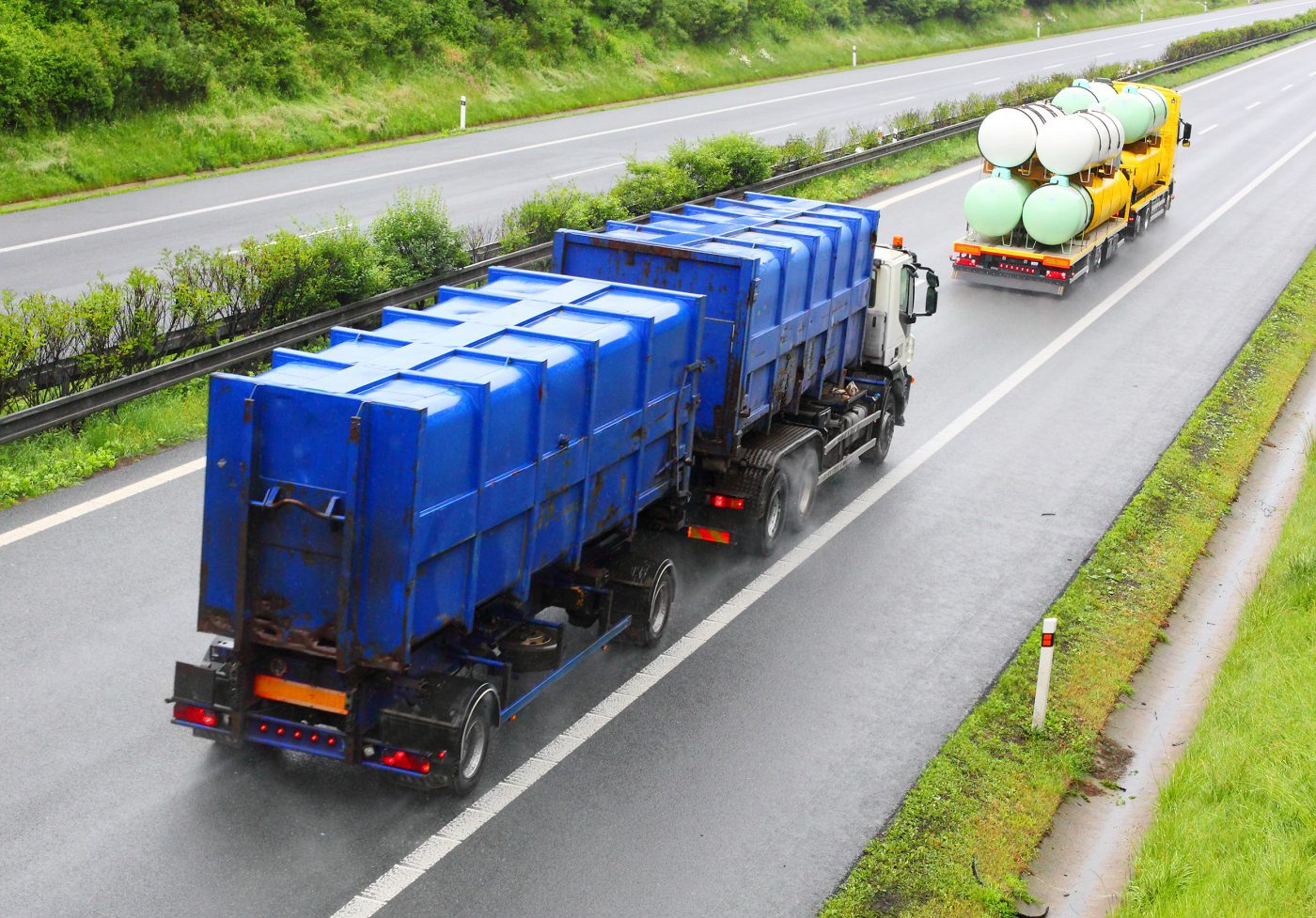
Regulatory Content
Transboundary Movement of Hazardous Waste
Laws, conventions and regulations on the transboundary movement of hazardous waste aim to protect human health and the environment by restricting the import, export and transit of hazardous waste.
Transboundary Movement of Hazardous Waste
195
Countries Covered
880
Sources in C2P
What is the Transboundary Movement of Hazardous Waste?
The transboundary movement of hazardous waste refers to the transportation of hazardous waste by way of importing or exporting between countries. Hazardous waste is essentially waste that contains dangerous properties that make it harmful to human health or the environment (for example waste that is explosive, flammable, toxic, etc.).
Requirements on the transboundary movement of hazardous waste mainly stem from the UN Basel Convention on the Control of Transboundary Movement of Hazardous Wastes and Their Disposal of 1989.
This defines and classifies hazardous waste, introduces a global regulatory control regime for the shipment of hazardous waste and other wastes, and establishes worldwide notification requirements for the movement of hazardous waste.
These requirements aim to:
- Minimize hazardous waste generation
- Control and reduce the international movement of hazardous waste
- Ensure that waste disposal and recovery are conducted in an environmentally sound manner as close as possible to the source
- Prevent and punish illegal traffic or trade of hazardous waste
Hazardous waste is essentially waste that contains dangerous properties that make it harmful to human health or the environment (for example waste that is explosive, flammable, toxic, etc.).
The primary aims of these requirements are:
- Protecting Human Health
- Protecting The Environment
Hazardous Waste Transportation Requirements
- A prior notification procedure for the proposed shipment
- General information requirements
- Waste movement documentation
- Prior consent approval in the country of import or transit
- Marking and labeling of the waste
- Packaging of waste
- Import/export waste permits and licensing
- Proper waste disposal or recovery
- Warranties/guaranties
Comply With The Basel Convention
Our Regulatory Coverage for The Transport of Hazardous Waste
Our regulatory content in C2P is historically comprehensive with a robust QA process to ensure quality, consistency and accuracy. Below is a high level summary of our coverage for this topic:
- UN: Basel Convention on the Control of Transboundary Movement of Hazardous Wastes and Their Disposal, 1989
- Africa: Bamako Convention on Transboundary Movement of Hazardous Wastes, 1991
- Australia: Export and Import of Hazardous Waste Regulations, SR 1996 No. 2
- China: Ban on the Import of Solid Waste, Announcement No. 53, 2020
- EU: Waste Shipments, Draft Regulation, November 2021
- Italy: Waste Traceability System and National Electronic Waste Traceability Register, Regulation, 2023
- OECD: Control of Transboundary Movements of Waste Destined for Recovery Operations, Council Decision C(2001)107/Final
- Pacific Islands: Waigani Convention, 1995
- Russian Federation: Transboundary Movement of Waste, Draft Resolution, July 2023
Why Compliance & Risks?
- Effectively Meet Global Requirements
- Maintain Compliance
- Keep Track on Proposed Regulations


Learn more about our Regulatory Coverage
Speak to one of our team today for more information on our regulatory content.
